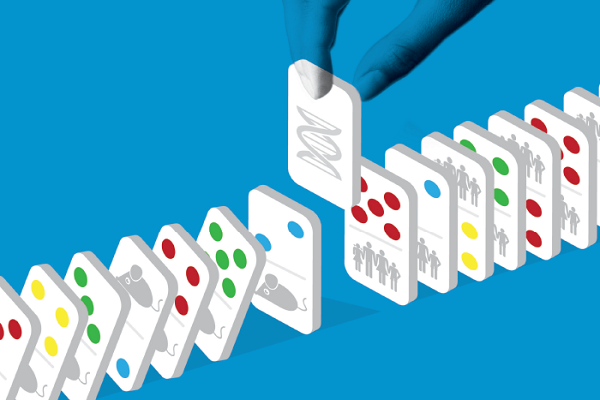Evaluating Hemato_4 (HCT), Hemato_5 (PLAT 1000), Hemato_9 (MCHC), and Biochem_20 (Alkaline Phosphatase) as biomarkers and possible mediators of the relationship between Xerosis and Sulfur Mustard
DOI:
https://doi.org/10.15419/bmrat.v5i6.452Keywords:
Direct and indirect effects, Historical cohort study, Mediator, Sulfur Mustard, XerosisAbstract
Background: Estimating total, direct, and indirect effects of causal variables on outcome variables can be done through proposed mediator guides on causal pathways. This can improve the efficiency of diagnostic efforts done by clinicians. In this study, the relationship between Sulfur Mustard and Xerosis was investigated, specifically with respect to the role of Hemato_4, Hemato_5, Hemato_9, and Biochem_20 biomarkers as mediators.
Methods and Results: This was a historical cohort study (in Sardasht, Iran) which consisted of 492 subjects; 129 subjects were not exposed to Mustard Gas (control group) and 363 subjects were exposed to it (case group). Mediation models along with bootstrap method were used to evaluate the mediator validity of Hemato_4, Hemato_5, Hemato_9, and Biochem_20 on the relationship between Sulfur Mustard and Xerosis. The direct effects of Sulfur Mustard, via Hemato_4 and Hemato_9, on Xerosis were also significant (P<0.05 for each). However, there was no significant effects mediated by Hemato_5 or Biochem_20 (P>0.05 for each). While there were non-significant indirect effects of Sulfur Mustard on Xerosis by these latter biomarkers (P>0.05 for each), the first two biomarkers were, indeed, partial mediators.
Conclusion: Sulfur Mustard can affect Xerosis through several single immune biomarker. However, as an intervention, sulfur mustard should affect several biomarkers through various mechanisms. Therefore, effects through multiple mediators, instead of single ones, may be more rational in the treatment strategy for xerosis.

Downloads
Published
Issue
Section
License
Copyright The Author(s) 2017. This article is published with open access by BioMedPress. This article is distributed under the terms of the Creative Commons Attribution License (CC-BY 4.0) which permits any use, distribution, and reproduction in any medium, provided the original author(s) and the source are credited.
